As new housing developments spring up across the U.S., some towns are struggling to keep up with the demand for water services. Rapid growth in housing can put a significant strain on water infrastructure, resulting in water shortages, system failures, and potential environmental risks. As towns continue to expand, aging or inadequate water systems face the added pressure of increased usage. While developers often focus on meeting the housing demand, the vital aspect of water infrastructure can be overlooked, leading to long-term consequences. Understanding where these water crises are occurring and the reasons behind them is key to addressing these challenges before they reach a breaking point.
1. Phoenix, Arizona – Struggling with Limited Water Resources
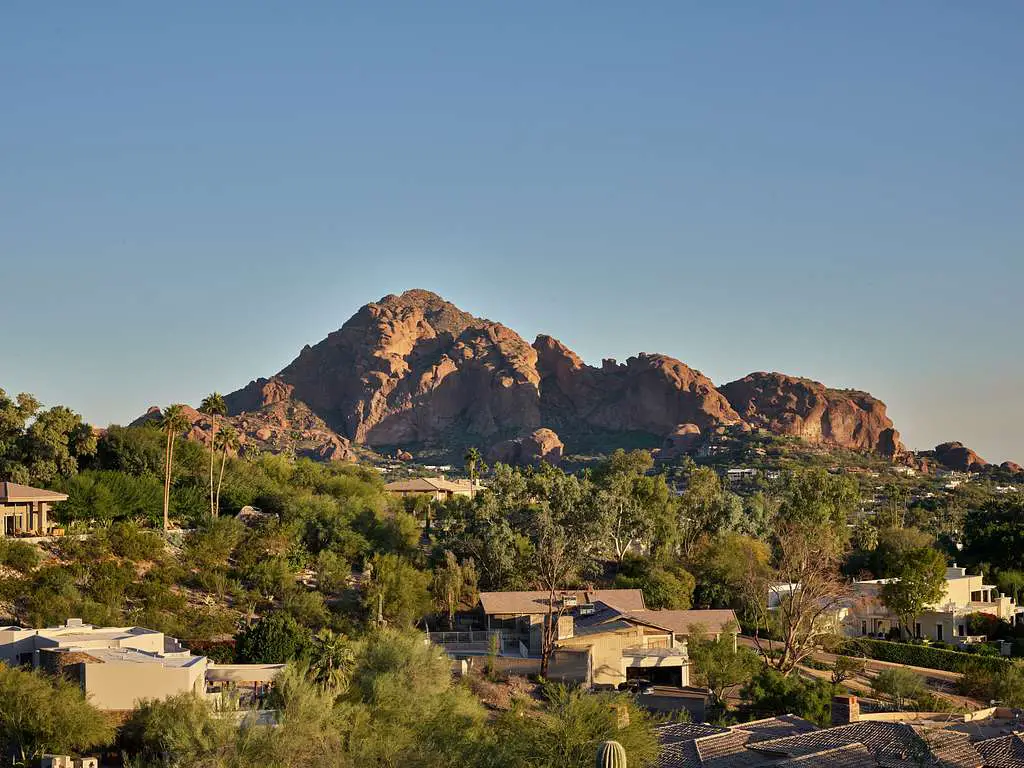
The Arizona Republic highlights how Phoenix’s rapid growth is contributing to water scarcity in the region. The city, situated in a desert climate, is reliant on underground aquifers and the Colorado River, which are both under stress due to overuse. With new housing developments springing up across the metro area, the pressure on water systems is increasing. The local government has struggled to implement measures to ensure that the water supply can meet the growing demand, and this is causing concerns for both residents and environmental advocates.
As climate change exacerbates drought conditions, Phoenix faces even greater challenges in securing a stable water supply. Some of the city’s water sources have been severely depleted in recent years, and the growing population is exacerbating the problem. New construction is putting additional pressure on already strained resources, creating an unsustainable cycle. Without significant changes in water management policies and infrastructure upgrades, Phoenix risks facing severe water shortages in the coming decades.
2. Boise, Idaho – Water Supply Straining Under Expansion
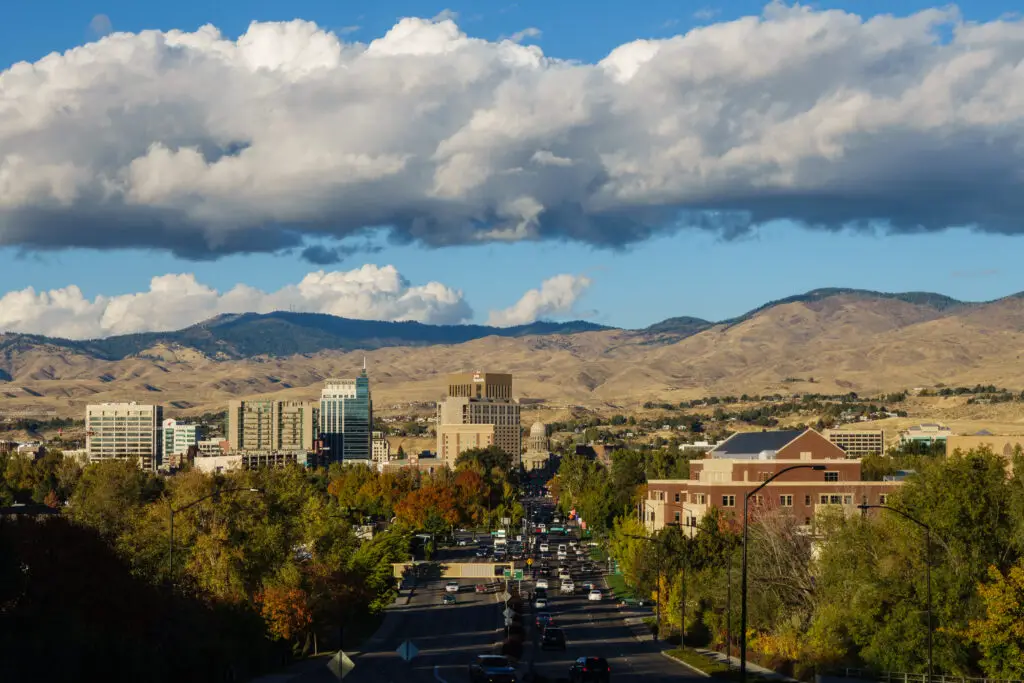
Idaho Statesman reports that Boise is facing significant water infrastructure challenges as its housing market continues to expand rapidly. The city, known for its picturesque landscapes and booming tech industry, has experienced a population explosion that is putting a strain on its water supply systems. Local officials are warning that the current infrastructure cannot handle the influx of new residents and the growing demand for water. The situation is further complicated by the fact that Boise’s water system is largely reliant on snowmelt from mountain ranges, which can fluctuate depending on climate conditions.
With new homes being built at a rapid pace, there is a concern that the city’s water resources could soon be insufficient. Although Boise has started working on long-term solutions to secure water for future generations, these efforts have been slow to materialize. As the city continues to grow, local officials are urging developers to consider sustainable water usage practices. Without immediate attention to this issue, Boise could face water shortages that may affect both residents and the environment.
3. Nashville, Tennessee – Water System Struggling with Expanding Population

Nashville’s housing market is booming, but its water infrastructure is struggling to keep up with the demand. The city has been one of the fastest-growing in the U.S., with an increasing number of new homes and apartments being built each year. Unfortunately, the local water systems were not designed to handle this rapid growth, and the result has been frequent water shortages and system failures. As the population continues to swell, the local government is being pressured to find ways to improve water supply reliability.
In addition to the high demand, Nashville also faces environmental challenges that complicate water management. The Tennessean notes that the region has been experiencing more frequent rainfall, causing flooding and water contamination issues. Local officials are grappling with the dual challenge of expanding water systems while addressing the need for better flood control and water purification. Unless significant improvements are made to Nashville’s water infrastructure, the city could face a serious water crisis.
4. Austin, Texas – Rapid Growth Outpacing Infrastructure

According to The Texas Tribune, Austin’s population growth is outpacing its water system’s ability to supply the increasing demand. The city has seen a massive influx of residents over the past decade, but its aging infrastructure is struggling to provide enough water to meet the needs of new developments. As the population continues to grow, concerns about water conservation and sustainability become more pronounced. Many neighborhoods are experiencing water restrictions or poor water quality due to the strain on the system.
The city’s water supply also faces pressures from climate change, which has led to more frequent droughts. The local water reservoirs are at risk of running dry in extreme conditions, making the situation even more urgent. Expanding the water system to accommodate new developments requires significant investment and careful planning. If Austin doesn’t address these issues, the increasing strain could lead to water shortages and long-term environmental damage.
5. Salt Lake City, Utah – Limited Water Resources in a Growing Market
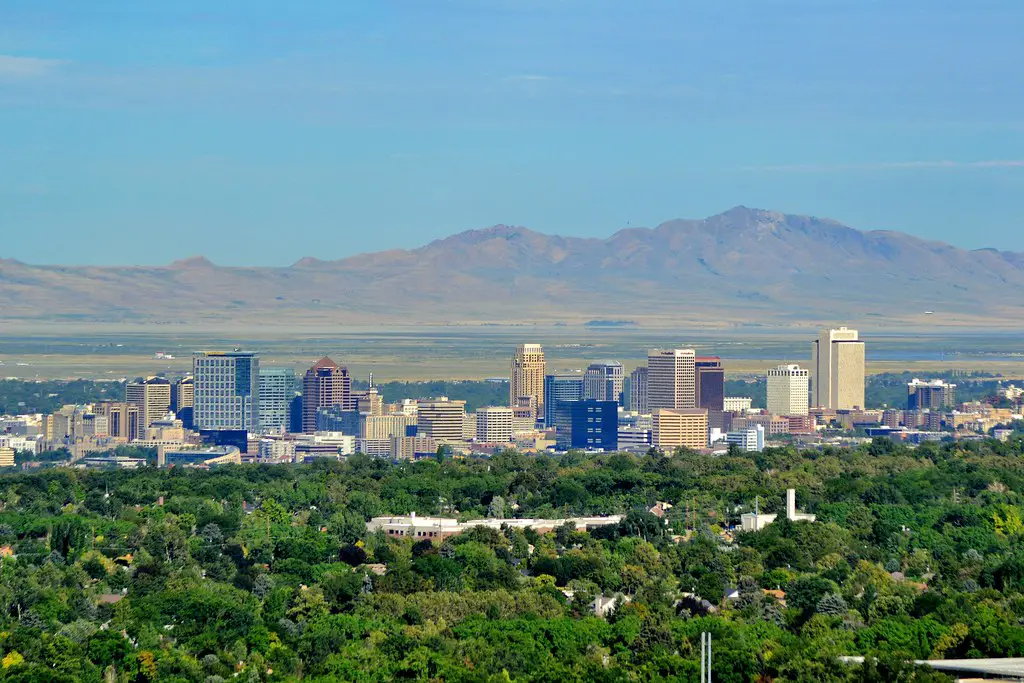
Salt Lake City has long struggled with water scarcity, but the problem is worsening as new housing developments continue to rise. Situated in a semi-arid climate, the city depends on the Jordan River and surrounding reservoirs for its water supply. However, the region’s water resources have been under strain for decades due to urbanization, agricultural needs, and climate change. The surge in population growth is putting additional stress on these limited resources, leaving the city in a vulnerable position.
Local officials are working to implement conservation measures, but the city’s water supply may not be sufficient to sustain future growth. Some developers have been accused of overlooking water usage efficiency in their construction projects, further exacerbating the issue. Although new water systems are being planned, they may take years to become fully operational. In the meantime, Salt Lake City must contend with the challenge of balancing population growth with its need to conserve and manage water resources.
6. Denver, Colorado – Struggling with Water System Overload
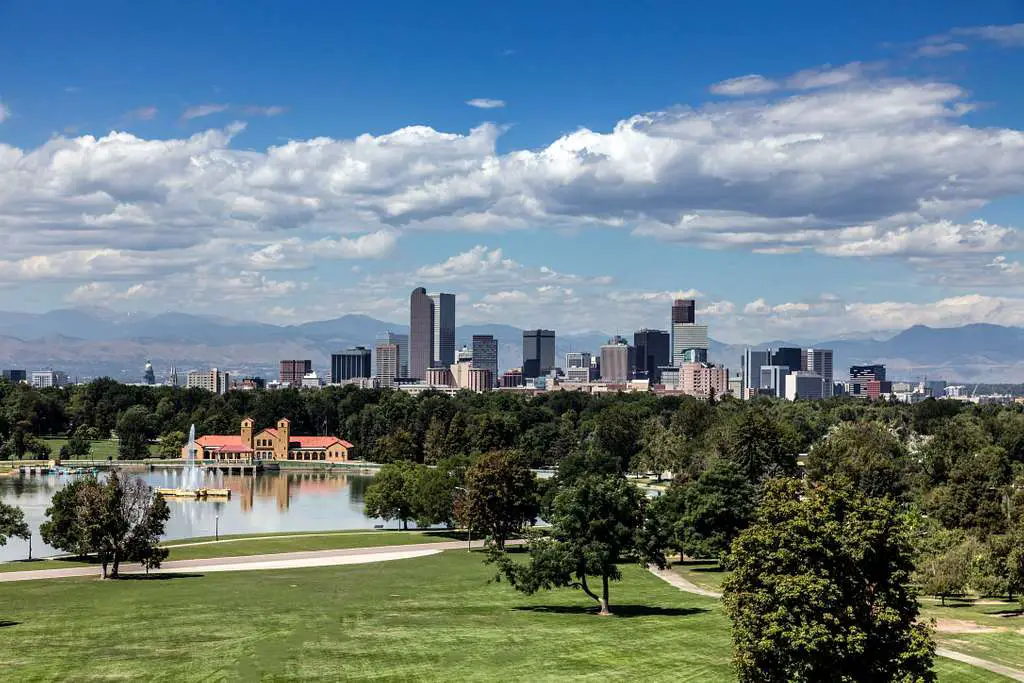
Denver’s rapid expansion has left its water systems struggling to keep up with demand. The city’s population has been growing steadily for the past few decades, and with it comes increased pressure on its aging water infrastructure. Many of the city’s water systems, which were built decades ago, are no longer equipped to handle the high volume of demand from new developments. Despite efforts to upgrade infrastructure, the city continues to face water shortages during peak demand periods.
The situation is made even more complicated by the ongoing drought conditions in the region. Colorado’s water resources have been diminishing due to reduced snowpack levels, further limiting Denver’s access to water. Local officials are being forced to make difficult decisions about how to allocate water resources, and this has sparked debates about future development plans. If Denver’s water system cannot keep up with the growth, residents may face restrictions or higher water costs in the near future.
7. Charlotte, North Carolina – Infrastructure Struggling with Fast-Paced Growth
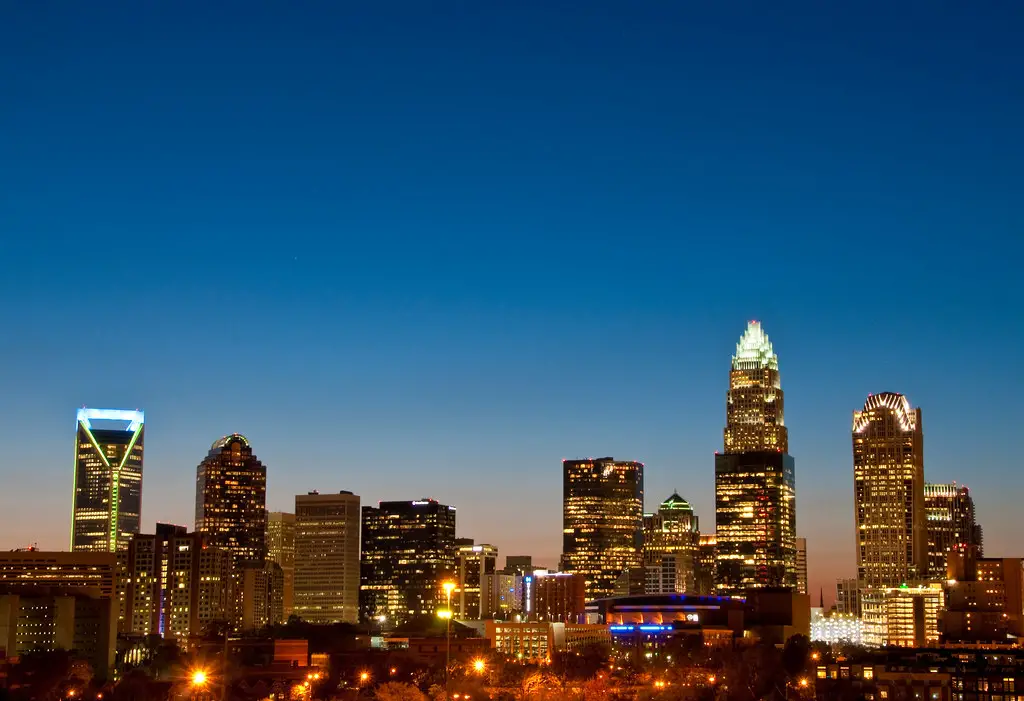
Charlotte is another city experiencing rapid housing growth, but its water infrastructure is struggling to keep up. New developments are constantly being built in the area, but the existing water systems are increasingly being pushed to their limits. This has led to concerns about water pressure, water quality, and the ability to sustain the growing demand for services. Despite efforts to upgrade the city’s water infrastructure, there have been reports of low water pressure in certain neighborhoods.
As population growth continues, Charlotte’s water systems will be further tested. Local officials are working to ensure that new developments adhere to sustainable water practices, but the sheer volume of new construction is making it difficult to manage. Experts warn that without a comprehensive plan to upgrade the city’s infrastructure, Charlotte could face serious water supply issues in the coming years. The city must find a balance between development and ensuring that its water systems can handle the demands of a larger population.
8. Orlando, Florida – Water Demands Outpacing Infrastructure Expansion
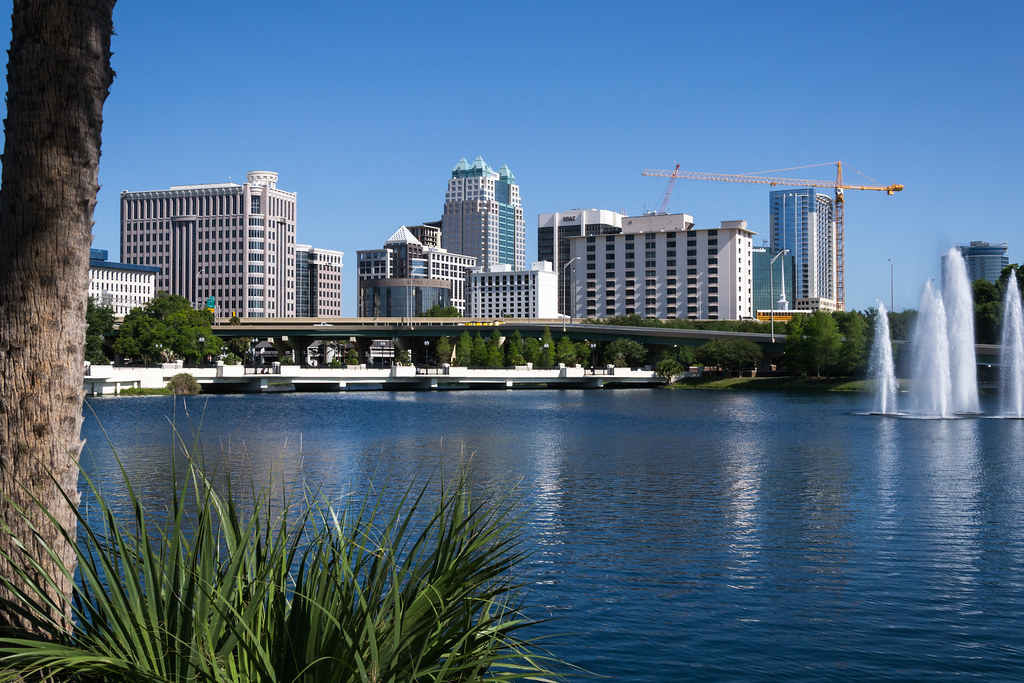
Orlando is facing significant challenges with its water supply as new developments spring up across the region. The city has become a hot spot for new housing, but its water systems are struggling to keep up with the growing population. This is particularly concerning given Florida’s frequent droughts and vulnerability to climate change. As more homes are built, local authorities are finding it increasingly difficult to manage water resources effectively.
Water shortages have become a growing concern in Orlando, particularly during the summer months when demand peaks. Some neighborhoods have experienced low water pressure during times of high demand, leading to concerns about the long-term sustainability of the city’s water systems. Although improvements are being made to address these issues, experts suggest that more proactive measures are needed to avoid a future water crisis. Orlando will need to implement more stringent water conservation practices and infrastructure upgrades to meet the needs of its expanding population.
9. Tampa, Florida – Aging Water Systems Struggling with Expansion

Tampa, like many Florida cities, is dealing with an influx of new residents, but its water systems are not designed to handle the increasing demands. The city’s aging infrastructure is struggling to keep up with the rapid housing development happening in the area. This has raised concerns about the reliability of the city’s water supply and its ability to meet future demand. With the population expected to continue growing, the city must find ways to expand its water systems to accommodate the new developments.
Environmental factors, such as saltwater intrusion into freshwater supplies, have also compounded the problem. Tampa is facing rising concerns about water contamination, as its freshwater supplies become increasingly vulnerable. Local authorities are working to address these challenges by exploring new sources of water and upgrading infrastructure, but significant changes will be needed to ensure a sustainable future. Without these upgrades, Tampa could face serious water shortages in the coming years.
10. Raleigh, North Carolina – A Growing Demand on Limited Resources
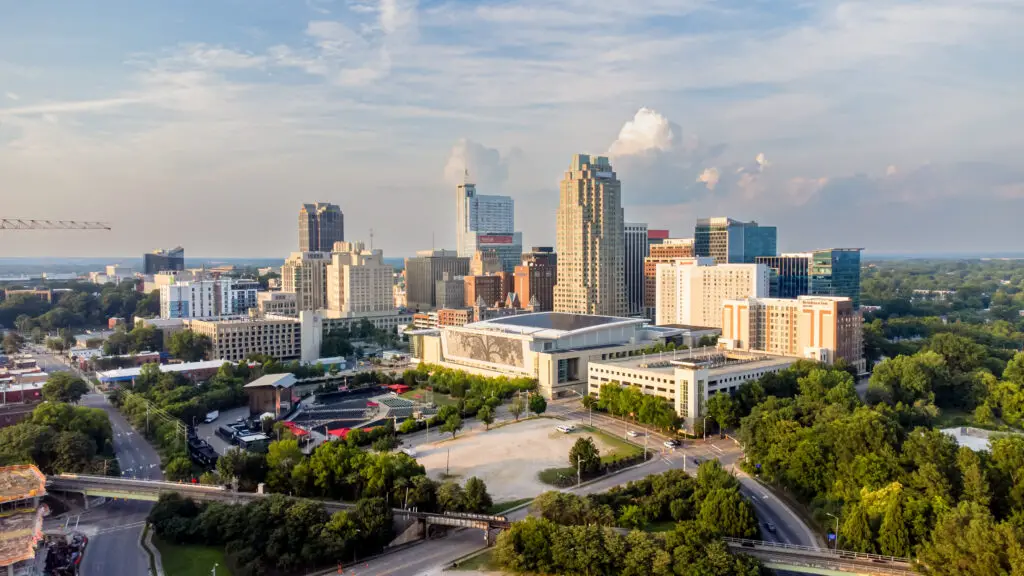
Raleigh is another fast-growing city whose water system is struggling to keep up with increasing demand. As new housing developments pop up throughout the region, there is growing concern about the capacity of the city’s water infrastructure. The current water systems were built decades ago and were not designed to handle such rapid growth. The challenge is not just the quantity of water but also ensuring that it is available when needed and remains of high quality.
To address this issue, local officials are working to expand the water supply, but these projects take time and significant resources. While new infrastructure is being planned, it may take several years before it can fully meet the needs of the growing population. In the meantime, Raleigh will continue to face the challenge of balancing development with the long-term sustainability of its water systems. Without continued investment, the city could face water shortages that would impact both residents and businesses.
11. Atlanta, Georgia – Growing Housing Market Straining Resources
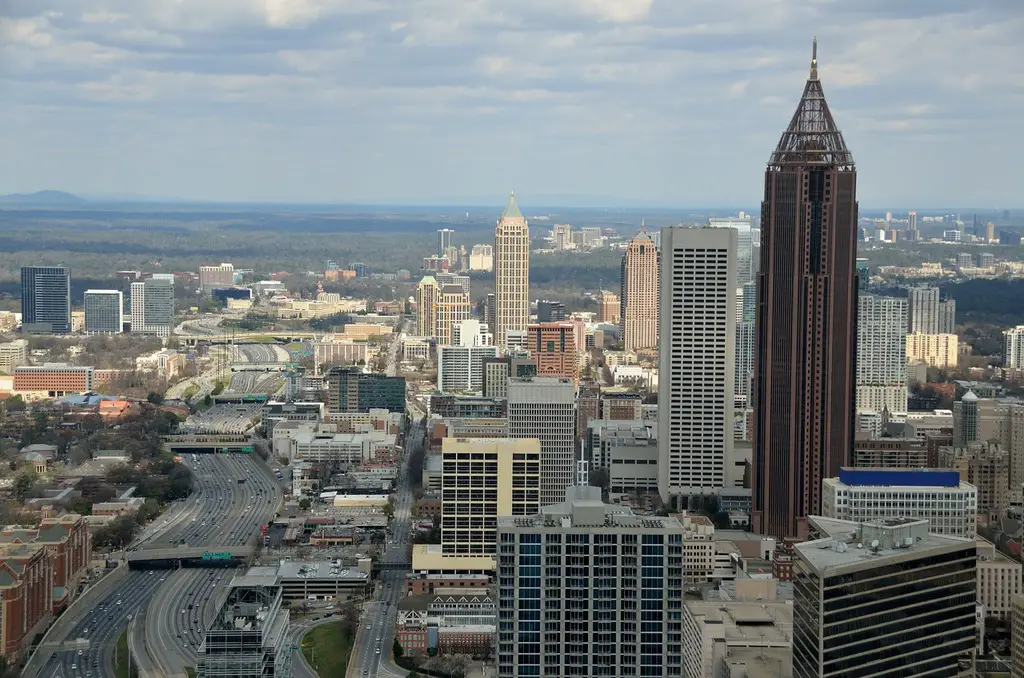
Atlanta’s housing market has exploded in recent years, but the city’s water infrastructure is struggling to keep up. As more and more people move to the area, the demand for water has increased, putting a significant strain on existing systems. The city’s aging infrastructure is being pushed to its limits, and the local government is facing pressure to find ways to improve water supply and distribution. The situation is compounded by climate change, which is causing droughts and reducing the amount of available water.
To address this issue, Atlanta is looking at ways to modernize its water systems and implement conservation measures. However, these efforts are costly and time-consuming. As the population continues to grow, the city’s water supply will face even greater challenges. If these challenges are not addressed soon, Atlanta may experience water shortages that could disrupt daily life and impact the economy.
12. Las Vegas, Nevada – A Desert City with Growing Water Demands
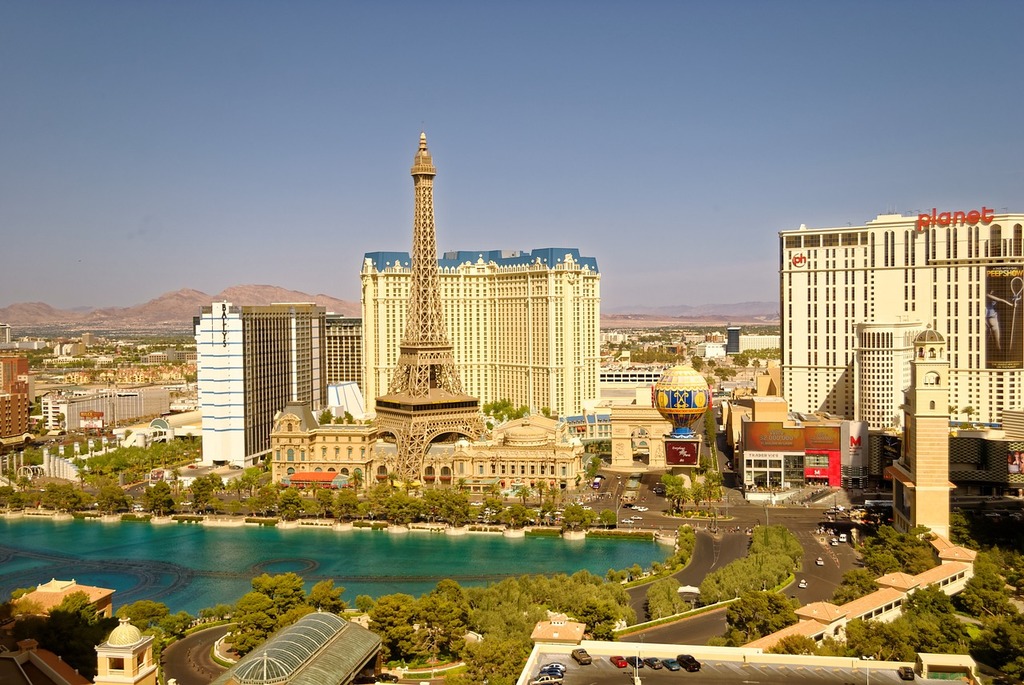
Las Vegas is located in one of the driest regions of the country, but its rapid population growth is putting even more pressure on its already limited water resources. As more new housing developments are built, the demand for water is increasing at an unsustainable rate. The city relies heavily on the Colorado River for its water supply, but the river’s water levels have been steadily declining, exacerbating the issue. The city is taking steps to address water conservation and efficiency, but the problem remains significant.
The challenge for Las Vegas is balancing the demands of a growing population with the reality of limited water resources. The city has implemented various water-saving initiatives, such as requiring water-efficient landscaping for new homes. However, with more people moving to the area, these measures may not be enough to prevent future water shortages. Without a comprehensive strategy to address water use and conservation, Las Vegas could face serious water shortages in the coming years.
